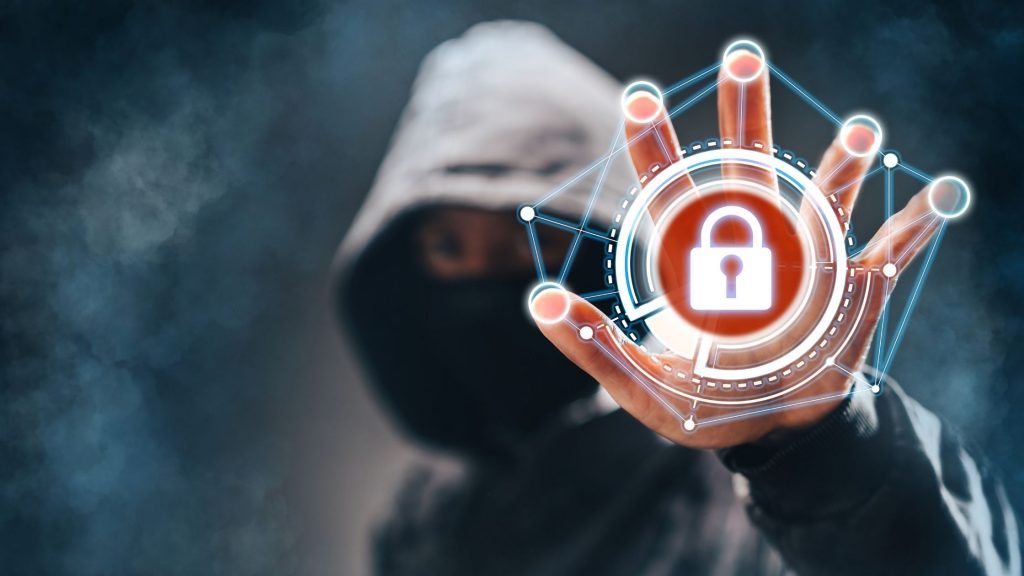Alert! Intruder Alert. Your world is in danger. Data is beached. Your privacy is violated. The statement is so prominent in today’s world and the sad news is that not only an individual but the biggest firms are also falling prey to such situations. High-profile companies like Facebook, LinkedIn, Bose, Audi, Microsoft, Zoom, and many more have fallen victim to Cyber Crime. According to the RiskIQresearch, cyber-crime costs organizations $2.9million every minute. In 2020, during the lockdown, approximately 791,790 complaints were lodged against cyber-crime only in the US. India also has seen a spike of 11.8%, with 50,035 cases reported in a single year. The frauds vary from each other in various countries and digitalization has made it easier for hackers to carry out such criminal acts. Data mining can help.
What is Cyber-Crime?
Cybercrime refers to any illegal activities carried out using technology. It’s an unlawful action performed against any person or organization using IT systems like computers, the internet, mobile, and/or applications both online and offline.

Why is cyber-crime dangerous?
The world is online and we are all a threat to cyber-attacks. Businesses as well as the government store data online. Right from our personal data to our properties, everything is now online. And it has become even easier for intruders to extort us. They perform a diverse range of criminal activities in a large area with no boundaries, just by sitting at one place, behind the tag of internet Anonymity.
We cannot ignore the fact that the very life we have built for ourselves using digital connectivity has made us seriously vulnerable to cybercriminals and hackers.
What is Cyber Security?
A definition of Cyber Security refers to the body of technologies, processes, and practices designed to protect networks, devices, programs, and data from attack, damage, or unauthorized access. The cyber security team combats threats from inside as well as outside of the organizations. Cyber security is not just a group but an entire practice consisting of a set of tools, risk management approaches, and best practices designed to protect networks, devices, programs, and data from attacks or unauthorized access.
Types of cybercrime
The major categories of cyber-crime which impacts a lot of individuals and organizations are;
Phishing
The practice of getting sensitive data (e.g., passwords, SSN, bank details, credit card information) through a masked email, phone call, or text message is phishing. The senders forge their email address as if they are from any reputable organizations and obtain information from the individuals.
Malware
It is malicious software that is specifically designed to disrupt, damage, or gain unauthorized access to a computer system. It is intentionally designed to cause damage to a computer, server, client, or computer network. There is a variety of malware namely, computer viruses, worms, Trojan horses, ransomware, spyware, adware, wiper, and scareware.
Ransomware
The term ransom itself dictates the meaning of this malware. Ransomware is a type of malware from crypto virology that threatens to publish the victim’s data or perpetually block access to it unless a ransom is paid. As per Statista, the year 2020 reported 304 million ransomware attacks worldwide.
Social Engineering
Humans are prone to making mistakes and this is where humans are manipulated to gain private or confidential information or access. Social engineering is the process of human hacking, where unsuspecting users are trapped into revealing confidential information, spreading malware infections, or providing access to restricted systems.
Advanced Persistent Threat (APT)
An attack in which an unauthorized user gains access to a system or network and remains there for an extended period without being detected. This is like a secret spy on your network, which is learning innovative hacking methods to hack your system over an extended period of time.
The categories and varieties of crime keep leveling up and so each organization needs to buckle up.
How could Data mining help with cyber security?
Data mining is the process of deriving meaningful information from large sets of data. This information is obtained by revealing the patterns and hidden values that may or may not seem useful at 1st instance. But in data mining, every minor information counts. As they say in the police investigation, every minute details of the incident are meaningful as you never know what lead it might hold in the investigation journey.
Many large organizations like Microsoft, Symantec have started using data mining techniques to detect malware in the environment.
Cyber-attacks are detected and possibly prevented using Data mining and web mining.
- Anomaly detection technique spots any unusual patterns and behaviors
- Link Analysis is use trace the viruses to the criminal.
- Classification technique to bifurcate various cyber-attacks and then detect an outbreak with the use of the profiles.
- Prediction Analysis to determine potential upcoming attacks based on information learned about hackers through their email and phone conversations.
Advantage and Disadvantage of Data Mining
While it is true that data mining has already shown benefits for detecting malware, intrusion as well as fraud detection, we cannot neglect the fact that everything has flip sides to it.
Data mining in cyber security can assist in;
- Processing large amount of data in a shorter duration
- Creating an effective and tailor-made anti-malware solution for each use case
- Detecting vectors causing zero-day attack for the systems that have turned vulnerable
However, you should never forget the flip side to the benefits;
- Data mining is a complex and ever-evolving process
- Building an appropriate classifier is a crucial, continuous, and challenging process
- Inspection of the potential malware file need to be done manually
- Last but not the least, the risk of unauthorized disclosure of sensitive information is a prevalent fact
8 myths of cyber security
- Complex passwords can protect any data breach
- Data isn’t worthy of anything
- Device will tell me immediately of the attack
- Data is on the cloud and it’s their responsibility
- Data is store offline, no one can hack it
- Domain is not banking or finance, I cannot face monetary loss.
- Anti-virus and cyber security software are good enough one-time investment
- Mainstream websites are safe and reliable to visit
Conclusion
Data must hold the topmost priority for all businesses. With the sky-rocketing count of data breaches per day, it’s getting extremely tough to overlook concerns related to data privacy.
With the right data mining techniques and experts, you can also safeguard. And detect any anomalies in the environment which may be just at the initial stage of cyber-crime. Data mining in cyber security required an extra level of quality data. Gathering and preparing such data required a lot of time, effort, tools, techniques, and resources. Any error can create a significant difference in the final output.
So, connect with Oriental Solutions experts, take a step forward, and take action before it’s too late. Prevention is better than cure and it’s best to get the reason for any misbehavior to safeguard your organization’s and customers’ data. Reach us @ http://orientalsolutions.com/contact.php or call at 044 2498 6018
For the latest updates, follow us @ https://www.linkedin.com/company/oriental-solutions-private-limited/




